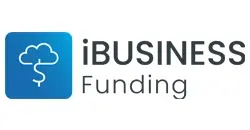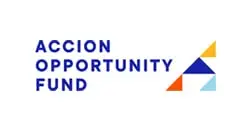You can explore various types of business financing to help fund your business’s growth. Online business lenders tend to have more lenient requirements and faster funding times than traditional banks, although they often charge higher rates and fees.
Here are some common financing options for women business owners to consider:
SBA loans
Though not specifically reserved for women, SBA loans come with favorable interest rates and repayment terms since they’re backed by the U.S. Small Business Administration (SBA). These loans are generally best suited for business owners who can’t secure traditional financing.
Here are the three most popular SBA loans:
- SBA 7(a) loans: Up to $5,000,000 for general business expenses. Terms between 10 and 25 years with variable rates capped at 10.75% to 14.25%, and fixed rates capped at 12.75% to 15.75%. Rates are based on the current prime rate (currently 7.75%), although your lender may offer a lower rate.
- SBA CDC/504 loans: Up to $5 million for real estate or equipment purchases. Repayment terms span 10 to 25 years, and interest rates are based on current market rates — approximately 3%.
- SBA Microloans: Up to $50,000 for women, minority, low-income and veteran business owners. Rates tend to average between 8.00% and 13.00% and terms may be up to six years.
While the SBA oversees the loan program, you must apply directly with an SBA-approved lender. It can often take between 30 to 90 days to receive an SBA loan since the lender and the SBA typically need to review your application.
However, finding an SBA-preferred lender can help reduce the approval and funding timeline to about two weeks.
Term loans
Term loans provide a lump sum of cash with a scheduled repayment and accruing interest. Short-term business loans typically need to be repaid in three to 24 months, while long-term business loans can give you up to 25 years to repay the debt.
Short-term business loans are generally for smaller amounts of money, but often have high interest rates and fees. Women who have an immediate financial need might be better off with a short-term loan. However, if you need to make a large investment, like purchasing a point-of-sale system or a piece of commercial equipment, a long-term loan could be a better fit.
Business lines of credit
A business line of credit allows business owners to access up to a set credit limit as often as needed. You typically only pay interest on the withdrawn amounts, although some lenders charge additional draw or maintenance fees. Once you’ve repaid the debt, you can withdraw up to your credit limit again.
A line of credit may be a better option over a business loan if you anticipate needing sporadic funds, such as covering seasonal dips in income or to purchase occasional supplies and inventory.
Working capital loans
A working capital loan is a short-term loan designed to finance a business’s day-to-day operations, such as hiring staff, payroll, rent, utilities, supplies and more. The repayment timeline will depend on your loan type and lender, with some lenders requiring daily or weekly payments.
Equipment loans
Equipment financing helps businesses purchase expensive equipment like vehicles and machinery, with the equipment often acting as collateral to secure the debt. Equipment loans can make great small business loans for women-owned startups without a lengthy operating history, good credit or valuable assets.
You can also consider equipment leasing if you need to replace equipment often. Some leasing programs give you the option of purchasing the equipment at the end of the term.












